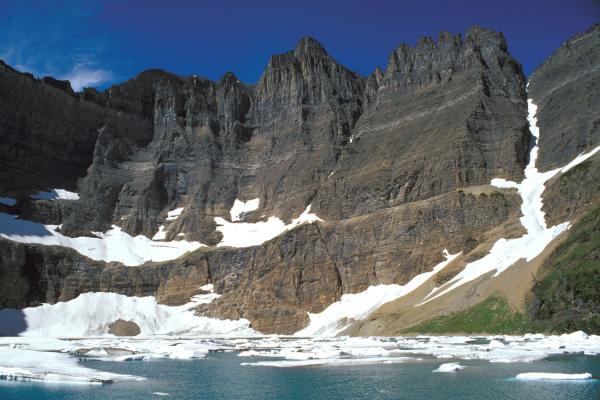National Parks Ailing, But a Cure Is Possible: Report


A decade-long survey of National Park Service sites gives the system a grade that is, at best, mediocre, and enumerates challenges faced by national parks, including invasive species, climate change, encroaching pollution and development, and chronic underfunding.
The advocacy organization behind the report, the National Parks Conservation Association (NPCA), offers a series of solutions, including the re-introduction of native species, the reduction of threats from lands bordering parks, additional funding for and the expansion of the park service.
With the centennial anniversary of the park service five years away, in 2016, NPCA President Tom Kiernan called on the Obama administration to adopt the recommendations.
"We have five years," Kiernan said during a conference on Tuesday (June 28). "This is the time for action."
Researchers assessed conditions at 80 of the 394 national parks, starting in 2001. Sixty-six percent received "fair" rankings on the conditions of their natural resources, such as native species. Meanwhile, 91 percent had cultural resources such as archival collections and historic structures assessed as being in "fair" or "poor" condition. No site had cultural resources in "excellent" condition in the report, The State of America's National Parks.
Many problems don't originate within the parks' boundaries; human activity just outside the parks can affect their inhabitants, according to the report. For instance, timber clear-cutting along the boundary of Olympic National Park in Washington has turned the park into an island, interfering with species' migration and increasing erosion, which chokes out salmon and other aquatic life, it says.
The report recommends the federal government reduce threats from adjacent land and ensure that agencies manage nearby lands collaboratively. It also encourages the addition of new national parks and the expansion of existing ones.
Get the world’s most fascinating discoveries delivered straight to your inbox.
Researchers also found success stories. A project at the Channel Islands National Park, off the coast of California, removed the livestock horses, rats, pigs, sheep, cows, cats, donkeys, European honeybees, and rabbits that had wreaked havoc on the ecosystem, and restored native grasses, foxes and bald eagles. [Top 10 Least Visited National Parks ]
More money is an inevitable part of the suggestions according to the report, the National Park Service had a $600 million operating budget shortfall in fiscal year 2010 and it has an enormous backlog of maintenance projects. (Its 2010 budget was $3.16 billion for 21,574 employees, according to the National Park Service.)
Kiernan acknowledged that the nation is in a difficult fiscal situation. But, he pointed out, every dollar invested in a national park returns $4 to the surrounding community, especially rural communities.
This story was provided by Live Science, a sister site to OurAmazingPlanet. You can follow LiveScience writer Wynne Parry on Twitter @Wynne_Parry. Follow LiveScience for the latest in science news and discoveries on Twitter @livescience and on Facebook.



